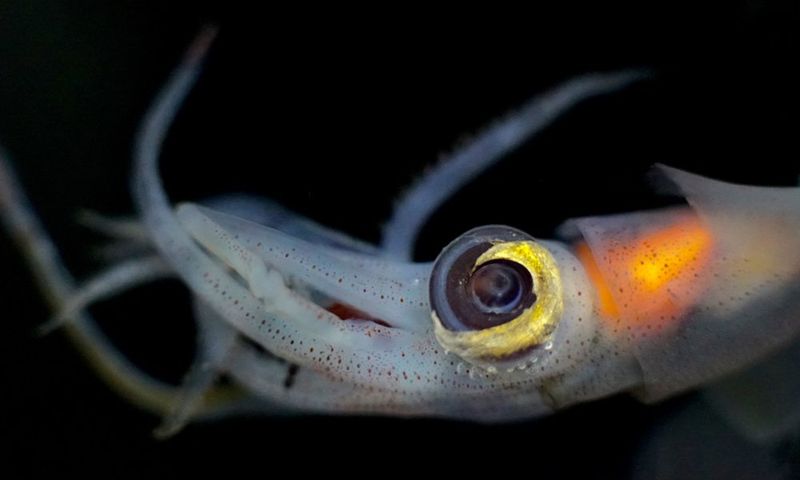Under the coral sea
Only a tiny fraction of the Coral Sea Marine Park, the very highest peaks of its submerged mountain ranges, is visible to us. Testing the limits of our ability to explore, its deepest seamounts, plains and canyons and the ecosystems that populate them are fascinating and mysterious.
Did you know?
- 4060 metres above the sea floor Fraser Seamount in the south of the marine park rises nearly twice as high as Mt Kosciusko, Australia’s highest mountain.
- 65 million to 145 million years ago the Gondwana supercontinent fragmented, creating the terrain of the Coral Sea floor.
- 230 kilometres long, 10 kilometres wide and cutting 300 metres deep into the sea floor Bligh Canyon is the largest in the Coral Sea.
- The Coral Sea floor consists of a series of deep basins rising to three large plateaus (Queensland, Marion and Eastern) and scored by numerous steep canyons.
Dramatic landforms
The deepest part of the landscape, the Coral Sea Basin, is underlain by oceanic crust formed around 61 million to 52 million years ago, after the Cretaceous period.
“The ocean floor is the Earth’s last great frontier, full of great mountain ranges and deep chasms that are largely unexplored.”
Dr Robin Beaman, marine geologist, James Cook University
On the plateaus, ancient reefs have become limestone and carbonate platforms that now support living reefs and cays.
The islands of the Coral Sea lie on reefs capping its highest seamounts.
Some seamounts have volcanic origins, while others are made from upturned blocks of buried continental crust. Many other drowned reefs lie below the surface.
Extending along the east of the marine park is the Tasmantid chain of seamounts, extinct volcanoes formed roughly 40 million to 6 million years ago above a mantle hotspot, similar to the Hawaiian Islands.
Seamount ecosystems
The seamount ecosystems are hotspots of biodiversity, abundance and biomass and may be important sites of evolution.

Scientists have found little overlap between the species living on the different seamounts, each is its own little world.
Corals, algae and others living in the shallows above 60 m get their energy from the sun.
Between 60 metres and 140 metres, filter-feeding octocorals rely on food sources carried by currents.
The corals and other creatures living on the sea floor itself consume mostly plankton.
Recent research
In 2012, the RV Southern Surveyor explored the Tasmantid seamount chain, collecting rock samples to date the volcanoes and when they erupted.
Since 2006, a team from James Cook University and the University of Sydney have been mapping the Coral Sea Marine Park in detail using sonar technology.
The James Cook University and University of Sydney team, along with Geoscience Australia, have mapped numerous submarine canyons along the margin between the Coral Sea and the much shallower Great Barrier Reef.
These are likely to be important biodiversity hotspots, but there is still much more to learn about them.
Discover more
Find out about:
Stay in touch
Subscribe to receive important updates about your marine parks. Enter your email address and click "join now".





